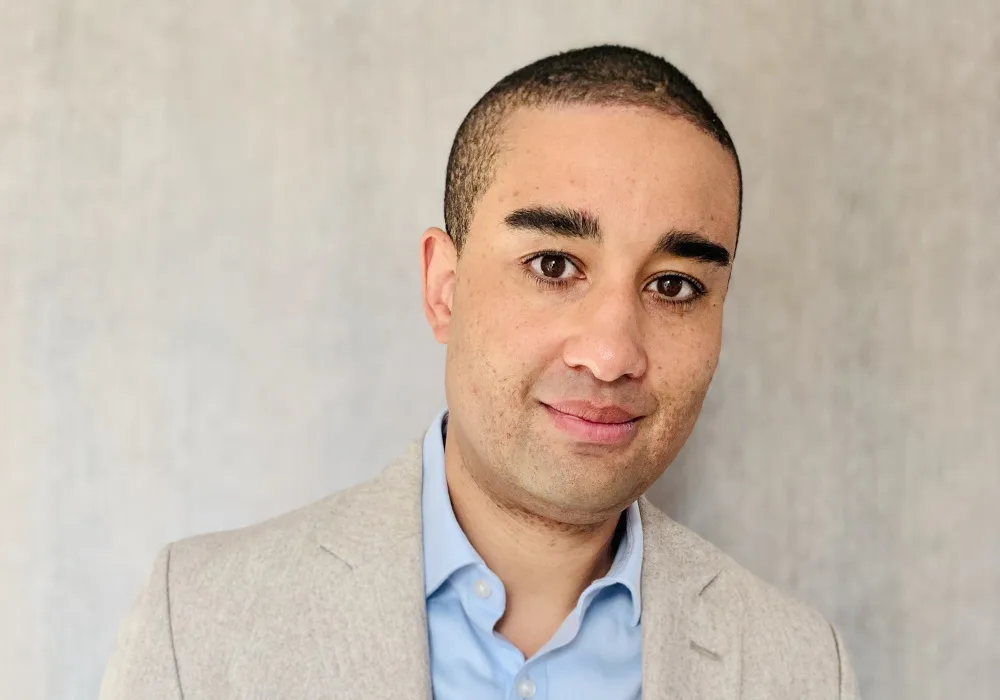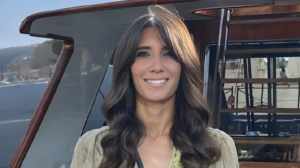The COVID-19 pandemic has accelerated the trend of people shifting toward online TV to get their entertainment fix. Even prior to that, the way content was distributed and consumed was already changing with the evolving capabilities of broadband and mobile technology and devices – making TV more available and in a variety of places.
The changing landscape has led to the rise (and rise) of subscription video-on-demand (SVOD) platforms like Netflix, Disney+, and Amazon Prime Video – adding around 12m UK users over lockdown – but has also seen traditional broadcasters and native over-the-top (OTT) players thrive with their ad-based video-on-demand (AVOD) offerings.
“The traditional broadcasters are undergoing significant change and linear TV viewing has been in slow decline for quite some time. They’ve responded and built digital platforms in the form of video-on-demand (VOD) to make sure that they are relevant for the future TV viewers,” says Kristian Claxton, UK Managing Partner at Finecast.
“We’re now starting to see the rise of new entrants into the UK TV ecosystem. New entrants that are coming from classically digital platforms. You’ve got IMDb, which is Amazon’s commercially supported video platform that will come in this year. You’ve got YouTube and Facebook Watch in this space as well. But, also, there’s some native connected TV, OTT players like Rakuten, Roku, Pluto TV, and YuppTV.”
Finecast recently announced that it had extended its reach beyond traditional broadcasters and onboarded new supply partners in the shape of Rakuten, Roku, Pluto TV, and YuppTV, opening the door for advertisers to reach and measure audiences via the professionally produced ‘for TV’ content environments.
“What all of these platforms are effectively doing is they are providing our advertisers with opportunities for new reach, but in the same consistent, professionally-produced TV ecosystem,” says Claxton. “So, that’s why we decided to engage and integrate with these new AVOD platforms because we could see that the numbers, albeit relatively small at the moment, are growing. And I think COVID has accelerated that trend, as it has with many other trends in the last 12 months.”
Pandemic progress
For some areas of the advertising industry, COVID has done a huge amount of damage. Other areas have benefitted – and one of those areas is TV, whether online or otherwise.
In fact, the belief at GroupM’s Finecast is that it delivered some of its “best work” last year as TV continued to prove its resilience and evolve throughout the pandemic.
“We really had to get under the skin of advertisers’ challenges – their growing pains – and we matched solutions to their needs. And we measured it all. We really saw some amazing results of the back of that,” explains Claxton.
“It’s been a very testing 12 months. But it’s been a fantastic experiment and we’ve learned a lot. We expect the growth in AVOD expenditure to more than double between 2019 and 2025 to reach roughly $53 billion,” he continues.
“So, we’ve got in early – you could argue we are incubating a big opportunity here. It’s a big opportunity for brands to reach new audiences and, specifically, those hard-to-reach younger audiences that no longer watch traditional broadcast channels.”
Alongside the user growth of VOD, brands have begun to look at the TV ecosystem in new ways over the past year.
Brands have begun to “lean into the idea of total television”, looking at linear, BVOD, and AVOD as a whole and planning and measuring across those holistically, according to Claxton. Finecast has also seen its clients look more closely at addressable TV and what that means.
“They’re really starting to embrace the test and learn mentality, and they’re starting to think about how they can utilise first-party data with everything that’s going on in the ecosystem around cookies, GDPR etc.,” says Claxton
“Clients are really starting to think, ‘what are the assets that we have that we could use to inform our targeting and our measurement?’ And we’ve had some really strong use cases from unexpected places, like FMCGs going out and acquiring first-party data, using that to target specific households, and then being able to measure that to see what level of sales they’ve had.
“Brands are also being more agile,” Claxton continues. “TV, historically, has been relatively inflexible in terms of investment. What addressable TV has allowed is for clients to be a bit more reactive and responsive. And they’ve challenged Finecast to figure out exactly how their investments have been working to help grow their businesses.”
Playing for the future
Though Claxton believes that the “future is bright” for TV, he warns that those who professionally produce TV content will have to begin to lean more into technology and data to keep up with the big platforms. It’s something they are already doing but must continue to do.
With the movement of these big platforms, as well as the ad-funded broadcaster-owned platforms and the native connected OTT players, Claxton also feels there will be further acceleration in the space.
“I think we’ll start to see the SVOD category explore a more hybrid model,” he says. “The pressure of pricing models and the pressure to grow a user base will force them into that space. There’s a lot to learn from the traditional broadcast space, which has operated very successfully on an ad-funded model. And that’s had big contributions to their bottom line.
“We want to make sure we are at the forefront of those conversations and we can support them, consult with them, and share our experience of advertising and addressable within this space.”
One area where Claxton also sees potential is gaming, which already attracts a huge number of people around the world.
Last year, Finecast released a piece of research called ‘Thinking Inside the Box’ and found that there is now a view, among younger audiences, that professionally produced gaming and eSports content is a TV-like experience.
“Is there an opportunity further down the line where we start to explore gaming as a TV-like experience and it potentially becomes an extension of a more traditional addressable TV campaign? Maybe,” says Claxton. “It’s certainly an area of growth, it’s attracting massive audiences globally. And the experience, in many instances, looks and feels like a TV experience. So, I think that’s an interesting evolution for the future of TV.”








